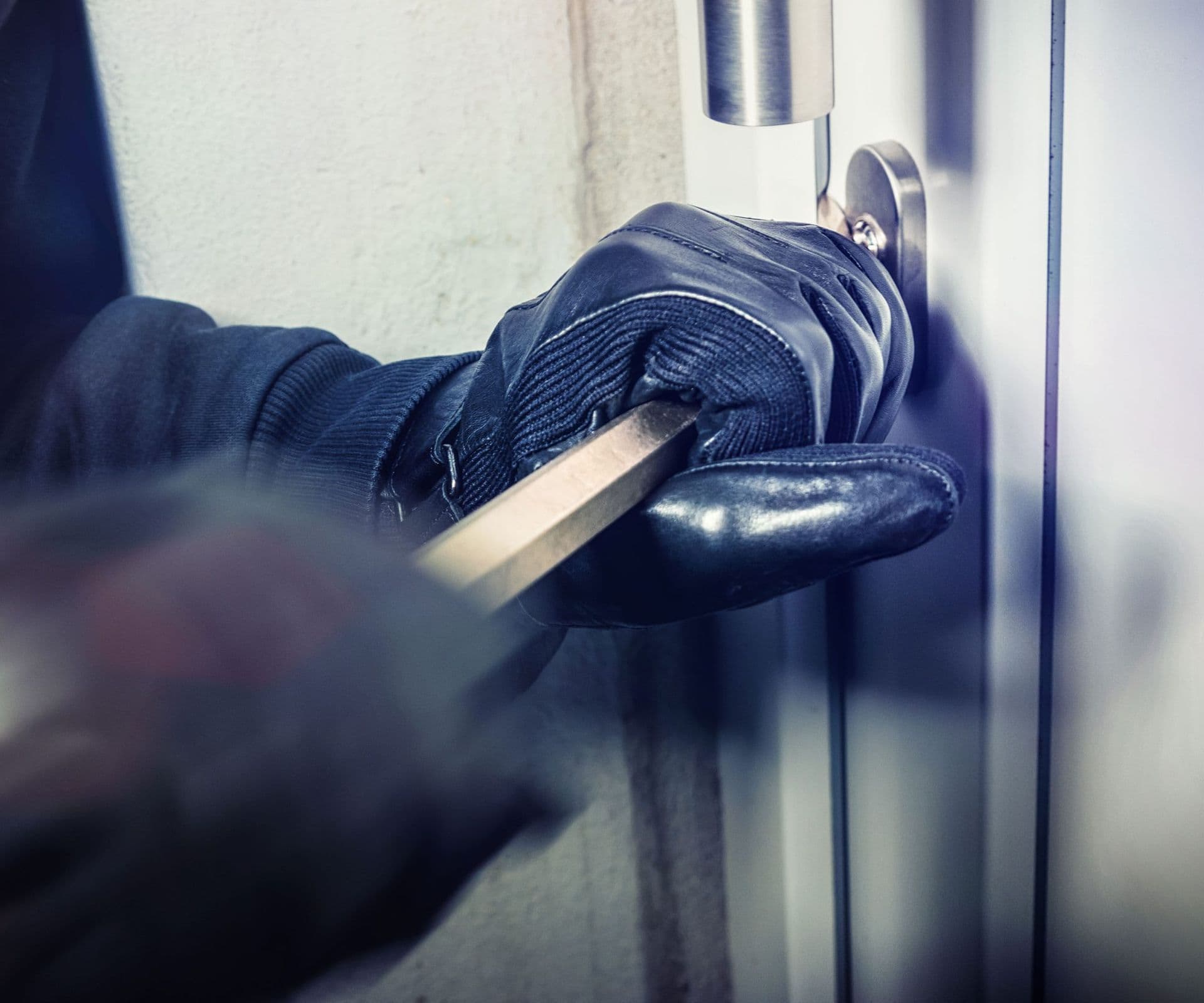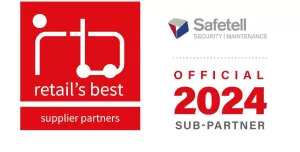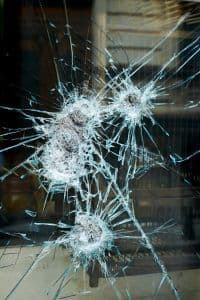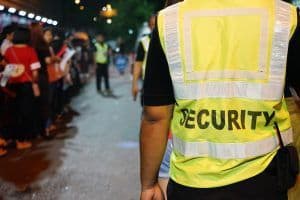Understanding Security Ratings: A Comprehensive Guide to Manual Attack, Intruder, and Burglar Ratings
18 August, 2023
When businesses invest in physical security products, including screens, doors, and cladding, they fully expect them to offer protection against manual attacks and burglaries as promised. However, that’s not always the case. According to the Building Research Establishment (BRE), 95% of products do not deliver the performance expected by manufacturers during testing.
To ensure that businesses receive the protection they expect from these products, the BRE oversees a set of internationally recognised loss prevention standards known as the LPS 1175. In Europe, the EN1627 standard specifies the requirements and classification systems for burglar-resistant characteristics of windows, walling, grilles, and door sets.
What Is LPS 1175?
LPS 1175 is a certification under LPCB (Loss Prevention Certification Board) used to test the resistance of physical security products against unauthorized access. The certification evaluates the product’s ability to withstand forced entry attempts based on the size and type of tools used and the time attackers might spend attempting to gain entry.
The LPCB has a history in the insurance industry and has been working with industry and insurers for over a century. Today, LPCB is operated by the Building Research Establishment (BRE), a profit-for-purpose organization owned by the BRE Trust, which is a registered charity.
How Does LPS 1175 Work?
To achieve LPCB certification, the product or service must meet the LPS 1175 standard, and the manufacturer or service provider must have processes in place to ensure compliance. Periodic audits are conducted to ensure the products continue to meet the required standards.
The LPS 1175 security ratings classify products based on the resistance they offer against different levels of forced entry, using various attack tools and numbers of attackers. The higher the SR classification rating, the more specialized and powerful the tools used, and the greater the delay time the product provides.
Each classification indicates the tool types used in the test, the resistance time, and the total test time. Here are a few examples:
LPS 1175 Classification SR1-A1:
The Classification SR1-A1 certification tests the product’s resistance against manual attacks using basic tools like cable cutters, pliers, and knives. The product must withstand these attacks for at least 1 minute, and the entire test process takes 10 minutes.
LPS 1175 Classification SR2-B3:
This certification involves testing the product’s resistance to attacks from more powerful tools, such as bolt cutters and drills. The product must withstand these attacks for at least 3 minutes, and the entire test process takes 15 minutes.
LPS 1175 Classification SR3-C5:
This certification evaluates the product’s ability to withstand attacks from even more potent tools like axes and gas torches. The product must endure these attacks for at least 5 minutes, and the total test process takes 20 minutes.
LPS 1175 Classification SR4-D10:
This certification tests the product’s resistance to attacks from heavy-duty tools such as sledgehammers and grinders. The product must withstand these attacks for at least 10 minutes, and the total test process takes 30 minutes.
What Is EN1627?
Another classification related to manual attacks is EN1627, which includes a range of tests for physical resistance against manual burglary attempts, as well as resistance to static and dynamic load testing.
EN 1627 outlines the means used in manual burglary attempts, including force, tools, and the time duration, to either open the door or create an opening through which specific dimensions of elements can pass (e.g., manhole).
How Does EN1627 Work?
During the test, attackers are provided with a different tool set for each class, and they can also use tools listed in lower classes. The contact time specified for each class is the duration for which the tools are in contact with the door. The total test time includes contact time, rest time, observation time, and tool change time.
The attackers are given access to the door plans in advance, allowing them to identify potential vulnerabilities and giving them an advantage over an actual assault situation.
The performance levels range from RC1 to RC6, and each level specifies a tool attack method and the required level of glass to be installed:
- RC 1: Provides protection against inexperienced intruders. Suitable for doors in premises with a low risk of burglary.
- RC 2: Offers protection against occasional intruders. Commonly used for security doors in premises with an ordinary level of burglary risk.
- RC 3: Provides high protection against experienced intruders using heavy-duty burglary tools. Frequently used for security doors in premises with a high risk of burglary.
- RC 4: Offers very high protection against experienced or professional intruders who plan intentional attacks. Most commonly used for security doors on premises with a very high risk of burglary.
- RC 5: Provides extremely high-security doors, typically used for military and industrial premises.
- RC 6: Offers extremely high-security doors, usually used for premises like military bunkers.
Choosing a product-rated RC4 ensures excellent protection against manual attacks.
Finding Certified Products
When choosing security products for your premises, look for certified products that have undergone rigorous testing and meet stringent security standards. Certification means that physical security measures will perform as required, mitigating risks and providing peace of mind.
Safetell offers a number of certified products, including our Stalwart Steel Door (LPCB LPS1175 SR4 issue 8 rating for manual attack). We also offer several entrance control products with an RC4 rating, such as revolving doors, security pass doors, and security portals. Each of these products serves a unique purpose in providing the best level of security for entrance control.
Among them, security portals, with their RC4 rating, offer the highest level of manual attack protection. They can also be equipped with metal detectors and mask recognition to further control unauthorized access.
Get in touch with Safetell today and enquire about our certified safety products for your business. We offer specialists products such as speed gates and turnstiles, bullet proof glass, and commercial safes.












